I am creating a custom C# Windows Forms control library (a DLL) in Visual Studio 2019 (Professional). My control has a property that takes the following form (this property is aimed to be accessed by applications which use the DLL):
public double Hello
{
get { throw new ApplicationException("Hi!"); }
}
(In my efforts to find out why this is happening, I've simplified the property to just throw an exception and do nothing else.)
For some reason, if I run my User Control (in Debug mode), the exception is raised - even though nowhere else in this code calls that property! (The IDE confirms this - saying "0 references" above it). Why does the property "get" accessor seem to be called for no reason? The stack trace shows that the "get" was called by "[External code]"...
This should be pretty easy to reproduce if you have Visual Studio 2019: create a new "Windows Forms Control Library (.NET Framework)" project under C#, then right click on "UserControl1.cs" in the Solution Explorer and click "View Code", then just add in the above code to the class.
